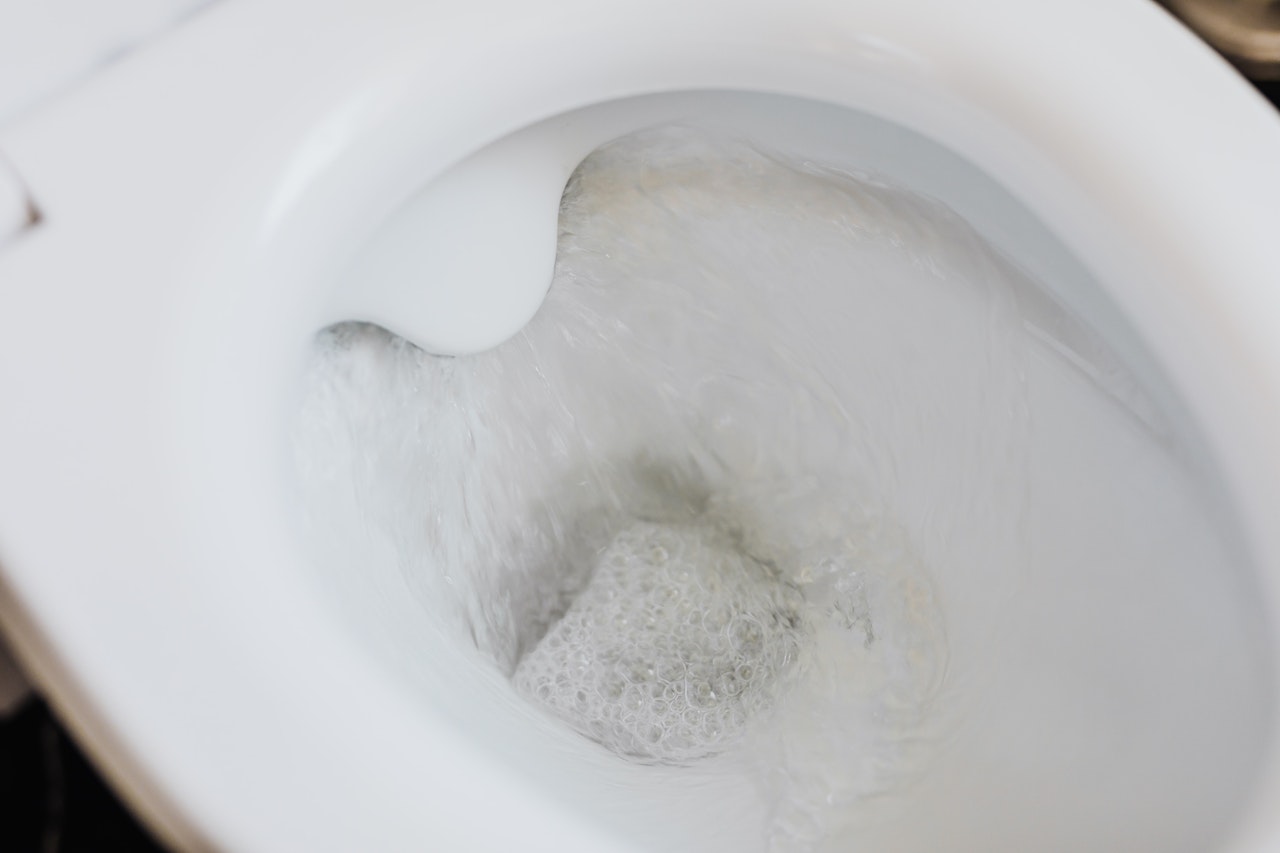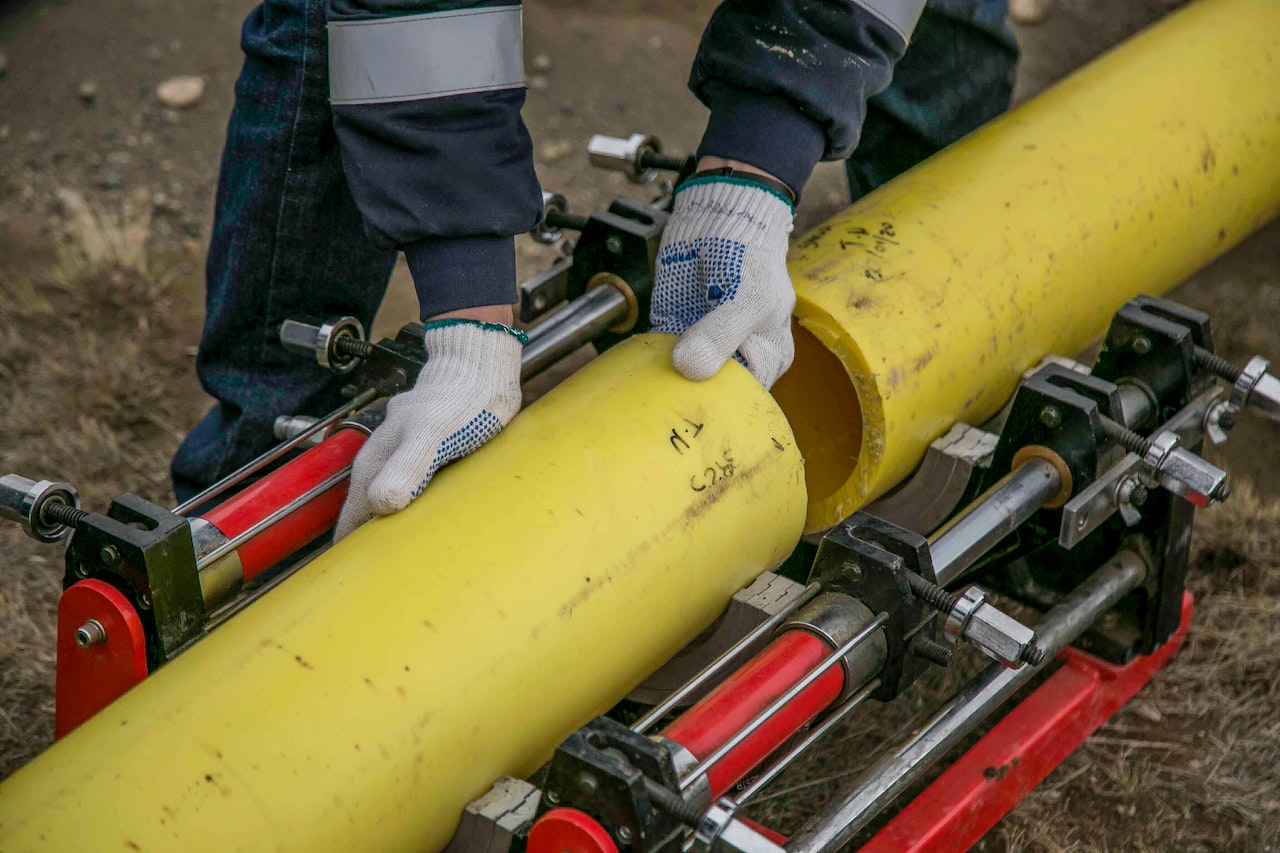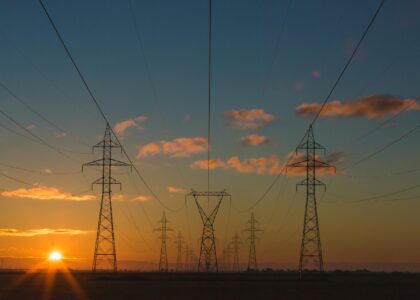Congratulations on becoming a new homeowner. As you embark on this exciting chapter of your life, ensuring that every corner of your dream abode is well-maintained and problem-free is important. And one area that demands particular attention is the plumbing system. Don’t let leaks, clogs, or burst pipes rain on your parade. In this blog post, we’ll equip you with essential plumbing maintenance tips that will save you time and money and keep your home running smoothly for years to come. So grab a wrench and get ready to become a DIY plumbing expert – because prevention is always better than a flooded basement.
Know Your Plumbing System
Before concluding that it is plumbing time, take the time to understand the layout of your plumbing system. Locate the main shut-off valve for your water supply and the individual shut-off valves for each fixture. Understand where the water line enters your home and any other points of entry. Knowing the layout of your plumbing system will help you determine whether a plumbing issue requires professional assistance or can be managed by yourself with a few tools and simple instructions.
Regularly Check for Leaks
Leak detection should be a top priority. Even small leaks can escalate into major issues if left unattended. Inspect your faucets, showerheads, and pipes for any signs of dripping or pooling water. Be attentive to water spots on walls or ceilings, as these could indicate hidden leaks. Address leaks promptly to save water and avoid water damage.

Test Your Toilet
A running toilet can waste a startling amount of water over time. Add a few drops of food coloring to the toilet tank to test for leaks, and wait 15 minutes without flushing. If you notice the color in the bowl, there’s a leak. Additionally, ensure your toilet flushes properly and doesn’t require excessive handle jiggling. A malfunctioning toilet can lead to inconvenient clogs.
Maintain Drains
Prevent clogs by being mindful of what goes down your drains. Avoid disposing of grease, hair, or large food particles down the kitchen sink or bathroom drains. Consider using drain guards or screens to catch debris. Regularly flushing your drains with hot water can also help prevent buildup. If you encounter slow drains, address the issue promptly to prevent complete blockages.
Care for Your Water Heater
Your water heater plays a significant role in your daily routines. To ensure its longevity and efficiency, periodically flush the tank to remove sediment buildup affecting heating efficiency. Check the temperature settings and consider setting it to 120°F (49°C) to prevent scalding and save energy. Look for signs of corrosion or leaks around the water heater.

Insulate Exposed Pipes
Depending on your climate, exposed pipes can be vulnerable to freezing during colder months. Insulating these pipes with foam sleeves can help protect them from freezing and bursting. It can also help keep the water temperature in the pipes consistent, reducing heat loss or gain. To insulate your exposed pipes, start by measuring the circumference of the pipe and cutting the foam pipe insulation to size. Then slide the insulation onto the pipe and secure it with duct tape. For additional security, you can wrap electrical tape around any gaps in the insulation.
Schedule Professional Inspections
While there are several maintenance tasks you can handle yourself, it’s advisable to schedule professional plumbing inspections annually. A licensed plumber can thoroughly assess your system, identify potential issues, and provide timely repairs or recommendations. Regular inspections can catch problems early and save you from more extensive and costly repairs later on.
As a new homeowner, taking proactive steps to maintain your plumbing system can go a long way in ensuring your property’s comfort, efficiency, and value. Remember, a little preventive maintenance today can save you from larger plumbing headaches in the future, allowing you to enjoy your new home to the fullest.








